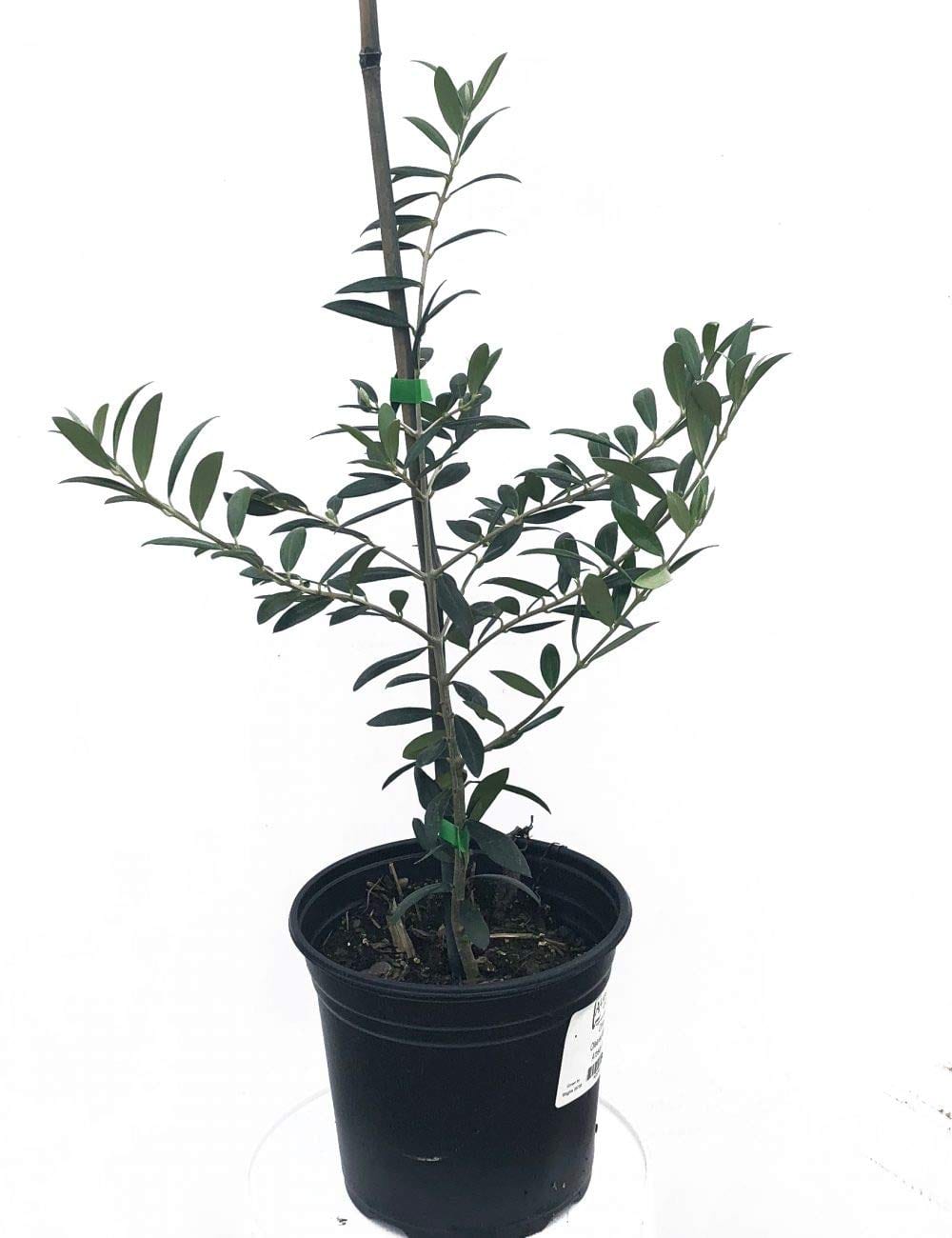Fall Decorating Ideas for Your Outdoor Space
Fall is a time for cozy fires, pumpkin spice everything, and of course, beautiful decorations. If you’re looking to add some autumn flair to your outdoor space, we’ve got you covered! In this blog post, we’ll share some ideas for decorating your porch, patio, or yard in preparation for the fall season. So read on … Read more




